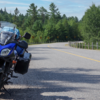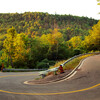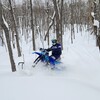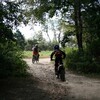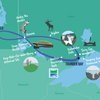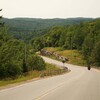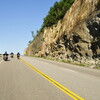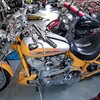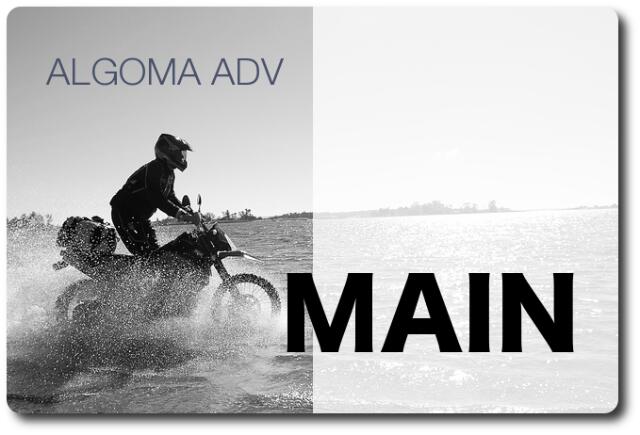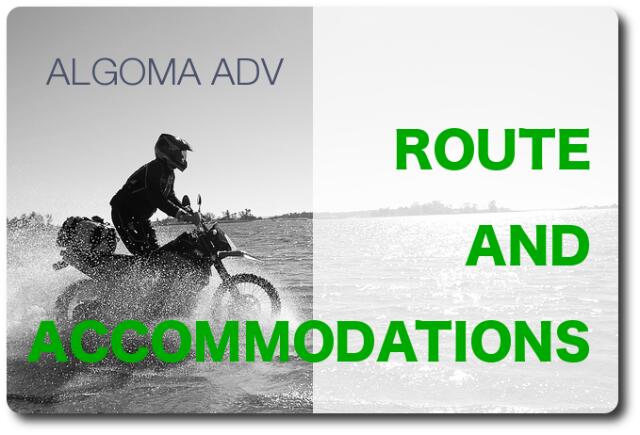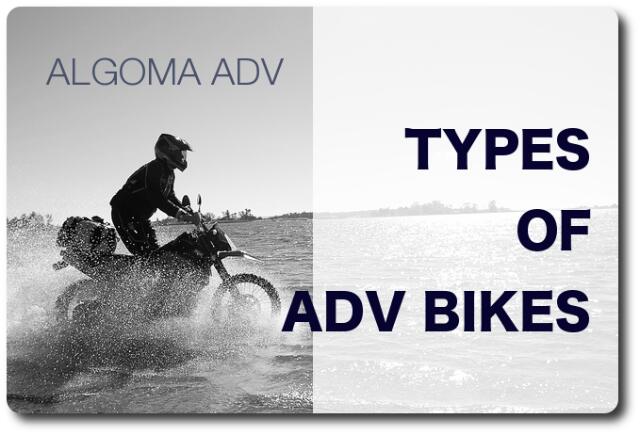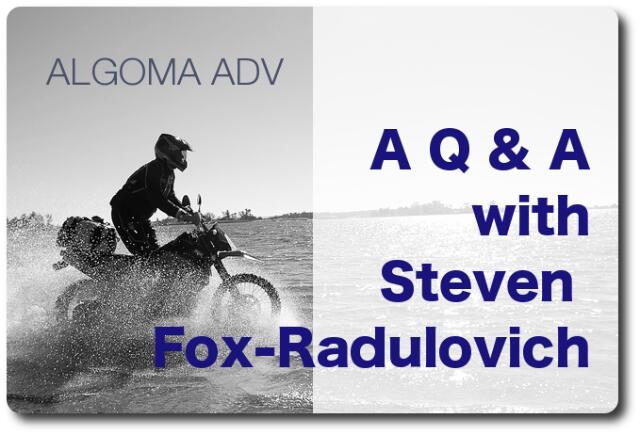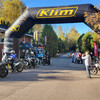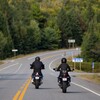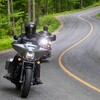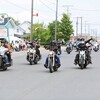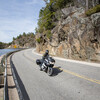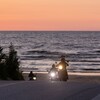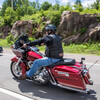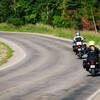
Algoma ADV Adventure Touring
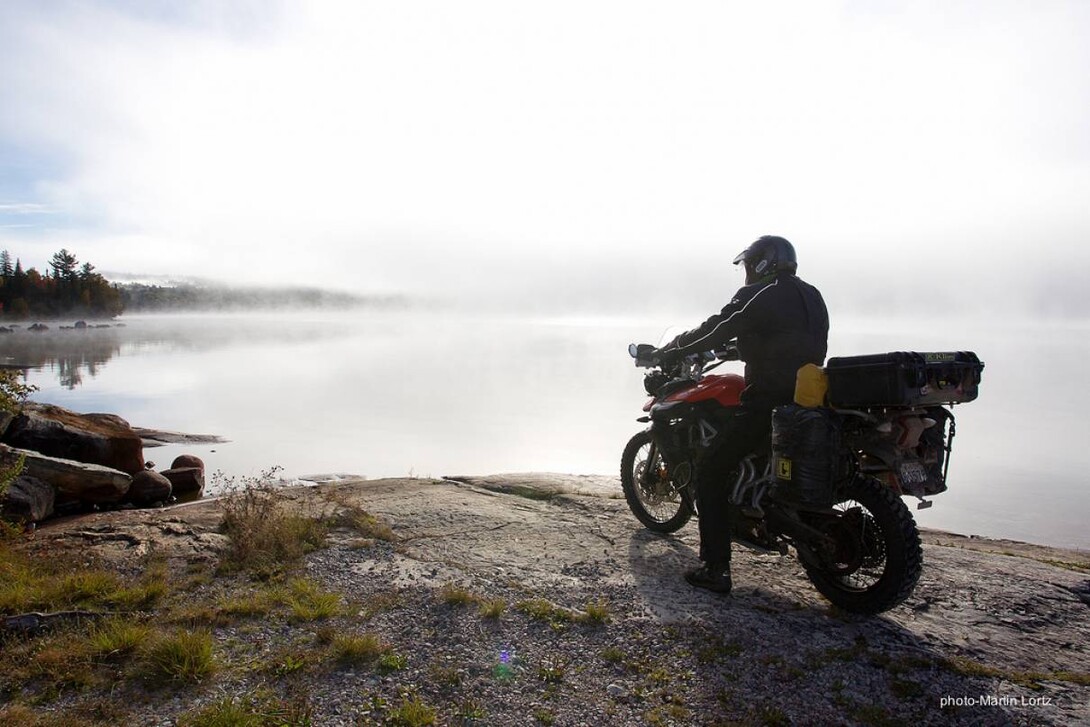
Ontario has some pretty amazing routes… from winding rural highways to abandoned logging and access roads, old forgotten trails, gravel highways, wide open slab and little local roads surrounded by amazing scenery. These are roads that can go all the way across the entire province. Mind you, it's not always for the weak of heart. At some points, say during water crossings for example, the water can go up all the way to the gas tank.
When it comes to adventure touring, with all of the different types of routes and distances involved, I think what you have to do is look at your bike as a tool. What type of riding do you want to do? Get the appropriate tool for the job. Get the right size bike for rougher terrain, or less rough terrain as the case may be. In theory, you can take any bike anywhere. Adventure's all in the mind. That being said, there are a number of different road types that you may encounter along your journey. And when you do, it's important to have the right tools for the job, whether its the correct tires, equipment, luggage or extra fuel.
What are the road classifications for ADVS?
Class 1
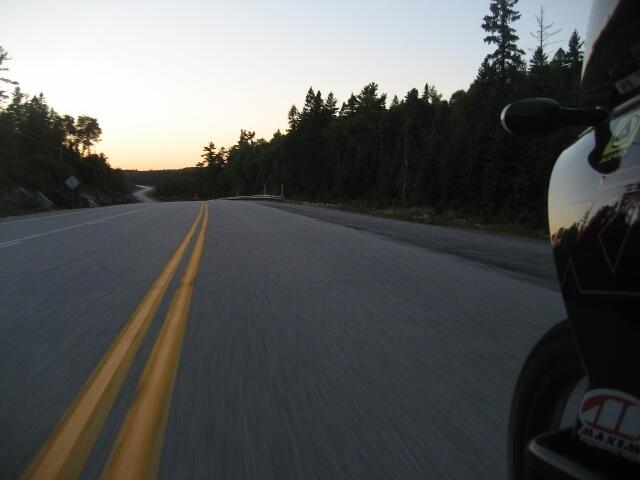
This category of roads could be described as paved roads, which consist of highways, backroads and everything in-between. Paved roads have asphalt, concrete or some form of surface sealer on them.
Class 2
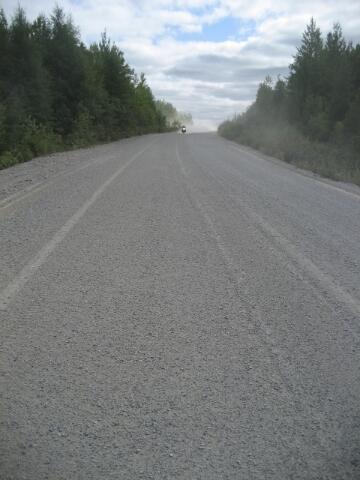
Class 3
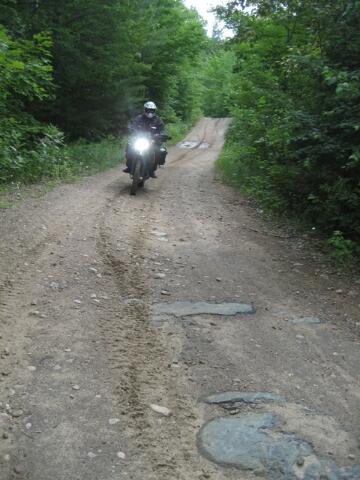
These roads are referred to as double track or twin track. A class three road/trail is wide enough for one full-size vehicle. There are a large variety of these in Canada and can often be found in rural residential neighbourhoods, as well as in remote areas, for access to such industries as logging and mines. Class three terrain presents challenges in the form of loose surfaces, potholes, fresh gravel, slick surfaces, etc. These roads/trails are often unmaintained and depending on usage, can vary greatly in their difficulty.
Class 4

Very similar in nature to a class three, expect a class four to present obvious obstacles that may consist of water crossings, deep mud, large rocks, steep hills, etc. Seasonal influences like water levels, etc. may be a concern.
Class 5
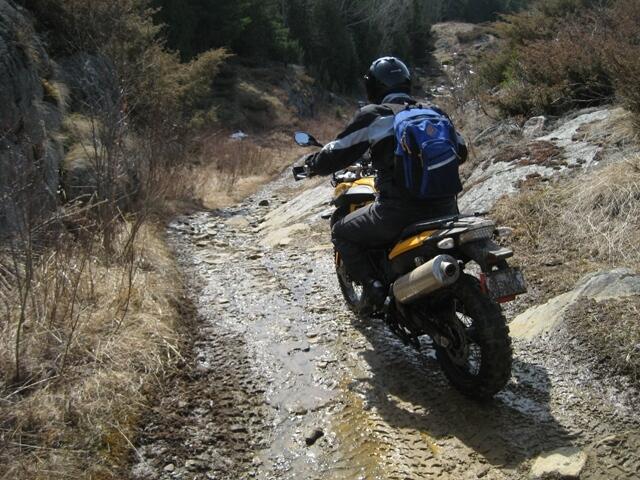
ATV, horse trails and hydro line trails are what usually make up a class five trail. Notice that the word "road" is no longer present. A class five trail may be too narrow for a truck and may only be suitable for bikes.
The terrain may not be any more challenging than a class four, but it gets its own classification due to the change in width. Rules and regulations as to trail use may be a factor for this type of trail, and it may not be legal for trucks to use.
Class 6
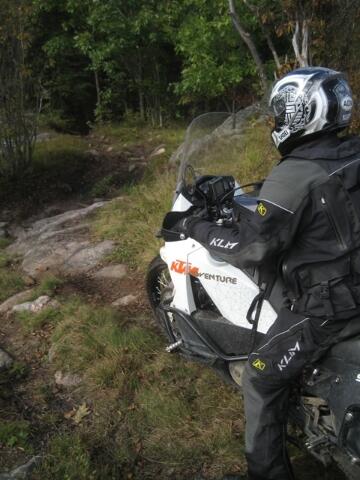
Very similar to a class five, but with more challenging terrain. Without question this is considered off-roading. A class six trail should be taken seriously and may not be suitable for larger bikes with heavy loads. Fallen trees, large boulders, deep water and other obstacles are to be expected.
Class 7
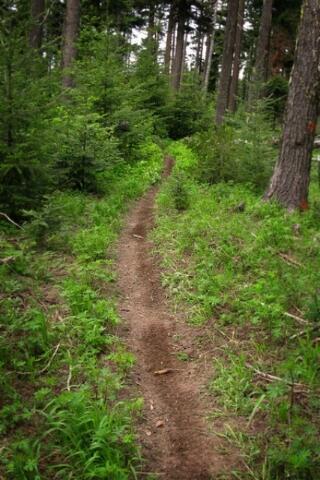
Single track trails suitable only for smaller bikes, or bikes lightly loaded. Expect narrow trails with many obstacles.
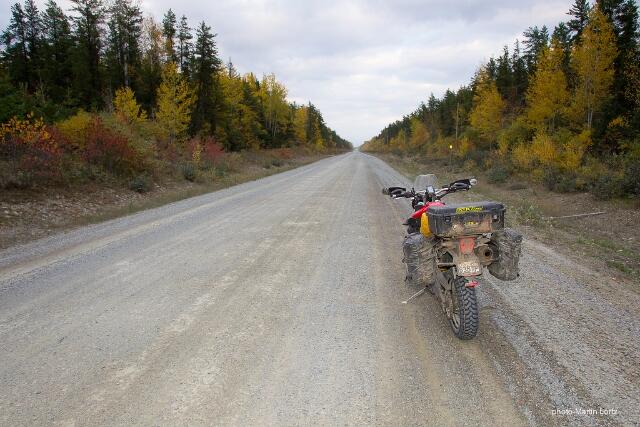
Recommended Articles

Bucket List Motorcycling in Ontario, Canada 2026

Ontario's Best Twisties: Five Roads to Get Your Lean On

The Big Belly Tour—A Complete List of Ontario's BBQ Joints

It's Bike Night in Ontario 2024

Ontario's Top Twisties
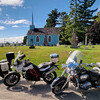
Have You Ridden Canada's OG Highway? Here's Why Every Rider Needs to Hit Up Historic Highway 2

23 Amazing Photos That Prove PD13 Is Still The Best Motorcycle Event Ever
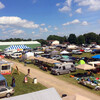
Motorcycle Swap Meets in Ontario—The Complete List for 2025

And a Vespa shall lead them all...
